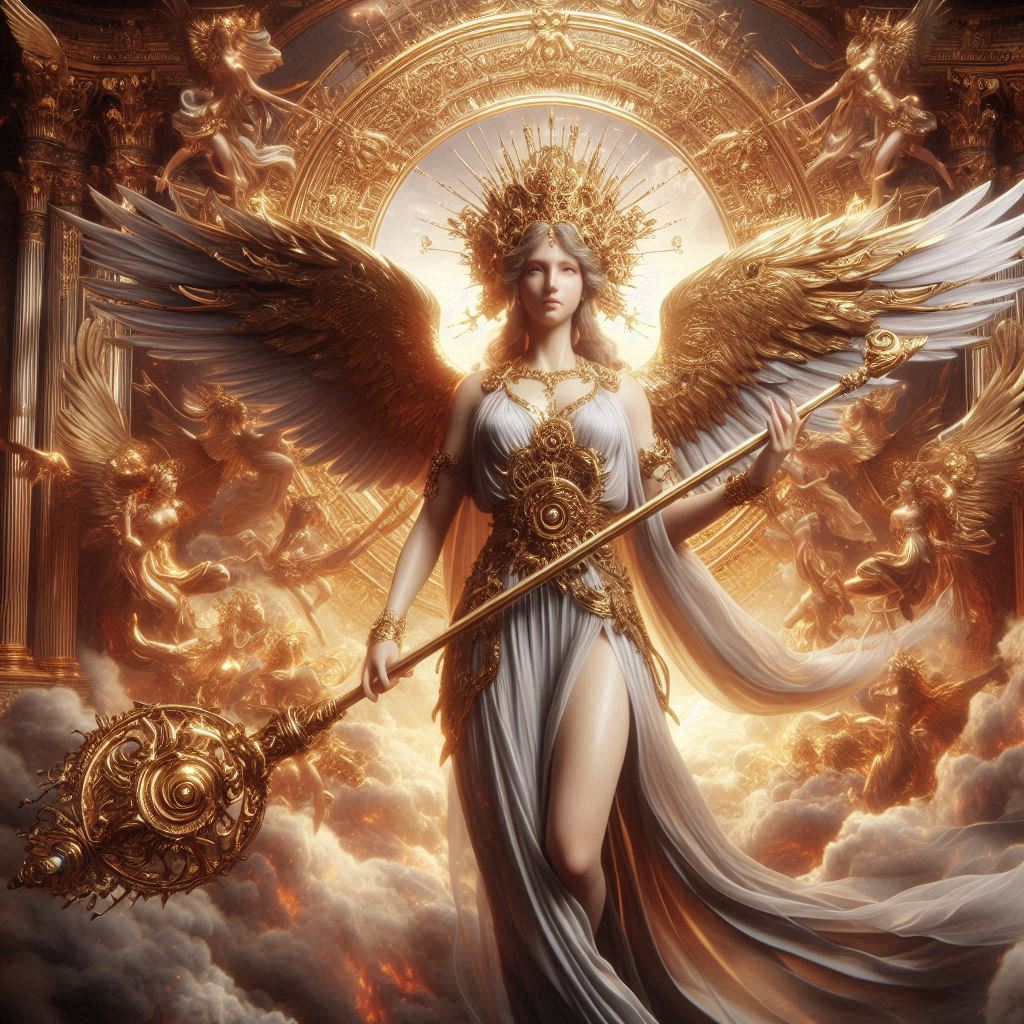Table of Contents
The Art of Persian Storytelling: A Timeless Cultural Treasure
Persian storytelling is one of the most enduring and vibrant traditions in world literature. Rooted in the rich cultural heritage of Iran, it spans millennia, embodying a complex interplay of history, myth, spirituality, and artistry. This essay explores the origins, key elements, and significance of Persian storytelling, as well as its enduring influence on global literary traditions.

Origins and Historical Context
The roots of Persian storytelling trace back to ancient times, embedded in the oral traditions of the Iranian plateau. Before the advent of written scripts, bards and storytellers known as gōsān recited tales of heroism, romance, and divine intervention to entertain and educate their audiences. The tradition gained literary permanence with the development of Middle Persian and later New Persian, particularly after the Islamic conquest in the 7th century CE.
The Sassanian period (224–651 CE) marked a significant era in Persian storytelling, with texts like Kārnāmag-ī Ardaxšīr ī Pābagān (The Book of the Deeds of Ardashir, Son of Papak) chronicling historical legends and heroic deeds. The translation of Persian works into Arabic during the Islamic Golden Age further preserved and disseminated these narratives, introducing Persian storytelling to a wider audience.
Key Elements of Persian Storytelling
- Interweaving of Myth and History
Persian storytelling often blurs the lines between myth and historical fact. Works such as Ferdowsi’s Shahnameh (The Book of Kings) exemplify this tradition by combining historical accounts of Persian dynasties with mythical and epic elements, such as the legendary hero Rostam and the demon-king Zahhak. This fusion serves not only to entertain but also to instill cultural pride and preserve a sense of national identity. - Philosophical and Mystical Dimensions
Persian literature frequently incorporates Sufi mysticism and philosophical inquiry. For instance, the stories of Masnavi-ye Ma’navi by Rumi use allegories to explore the human soul’s journey toward divine unity. These tales transcend mere entertainment, offering profound reflections on existence, morality, and spirituality. - Poetic Prose and Aesthetic Craftsmanship
Persian storytelling is renowned for its poetic elegance. Writers like Saadi and Hafez infused their tales with lyrical beauty, employing metaphors, allegories, and rhythmic cadences. This distinctive style elevates Persian stories to the realm of high art, ensuring their timeless appeal. - The Role of Storytellers
Storytellers, known as naqāl or ḥakīm, have played a pivotal role in Persian society. These performers, often accompanied by musical instruments, brought stories to life in bazaars, courts, and coffeehouses. Their skill lay not only in narration but also in the ability to adapt tales to the audience’s mood, blending humor, drama, and moral lessons seamlessly.
Major Works and Their Legacy
Several monumental works exemplify the richness of Persian storytelling:
- Ferdowsi’s Shahnameh
Often called the Persian national epic, this masterpiece spans over 50,000 rhyming couplets, chronicling the history of Persia from its mythical beginnings to the Islamic conquest. Its themes of heroism, loyalty, and the cyclical nature of history continue to resonate with readers. - Nezami’s Khosrow and Shirin
A romantic epic that masterfully intertwines love, politics, and tragedy, this work highlights the human condition and the complexities of passion and duty. - The One Thousand and One Nights
Although its origins are pan-Eastern, Persian influences are evident in the One Thousand and One Nights. Tales like The Three Princes of Serendip and Sinbad the Sailor showcase the Persian flair for narrative intricacy and moral depth.
Cultural and Global Impact
Persian storytelling has had a profound influence on world literature. It inspired medieval European romances, as seen in Geoffrey Chaucer’s The Canterbury Tales, and continues to inform contemporary literary movements. Themes of Persian storytelling—love, destiny, and the quest for wisdom—are universal, making them adaptable to diverse cultural contexts.
In modern Iran, storytelling persists through cinema, poetry, and prose. Filmmakers like Abbas Kiarostami and Asghar Farhadi draw on the narrative traditions of Persian literature to craft films that resonate globally.
Conclusion
Persian storytelling is a testament to the enduring power of narrative as a medium for cultural expression and human connection. Through its rich tapestry of myth, history, and philosophy, it not only entertains but also elevates the human spirit. Its timeless themes and unparalleled artistry ensure that Persian stories remain an invaluable part of world heritage, continuing to inspire and enlighten audiences across generations.
As the modern world grapples with questions of identity and belonging, Persian storytelling offers a profound reminder of the shared narratives that bind humanity together.


No responses yet